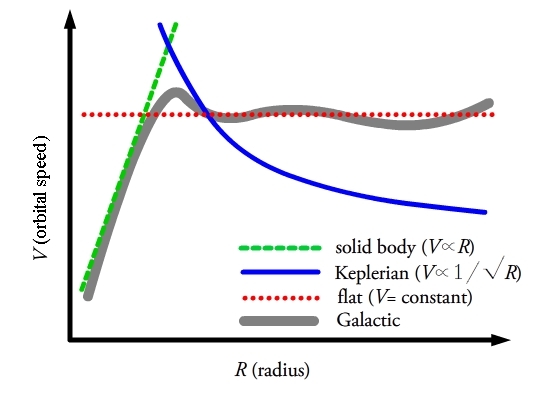(Image from Wikipedia.org)

Answers to unsolved problems
(22 February 2012)
Using the theory of symmetries we can solve some questions that had been unanswered for a long time. And maybe in future we can even prove the theory itself.
(Image from Wikipedia.org)
